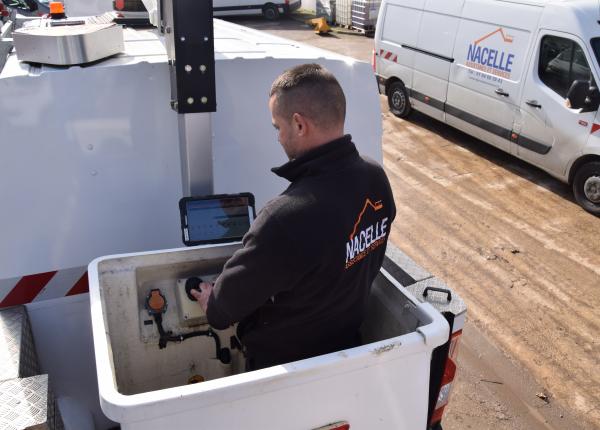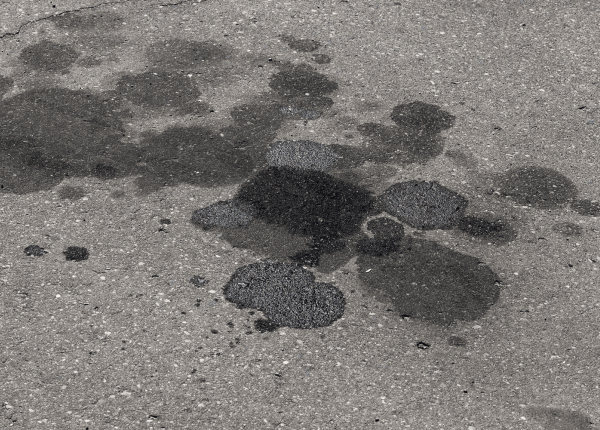
Aerial work platforms are frequently used for working at height, but improper use can lead to crushing hazards for operators. Rigorous planning and appropriate safety measures are therefore essential to prevent these accidents, which can cause serious or even fatal injuries. Indeed, between 2021 and 2022, crushing incidents increased from 35 to 46 cases.
What do we call the Risk of Crushing ?
The risk of crushing occurs when part or all of the operator's body is compressed by a mass. This can come from overhead structures such as beams or low ceilings, or from heavy equipment. Crushing can lead to severe or even fatal injuries.
How to avoid crushing risks?
Planning
Careful planning is crucial to identify potential hazards and assess the risks associated with operations. It is essential to establish a safe work system, communicate it to all operators, and ensure they are trained and familiar with the aerial work platform being used. An emergency procedure known to all should also be developed to respond effectively in case of an incident.
Operation
During operations, it is imperative to remain vigilant and strictly follow safety rules. If a risk is detected, activity should be immediately suspended and the platform repositioned. Safety devices should complement, not replace, constant vigilance and awareness of the work environment.
Remote Control
Some aerial work platforms are equipped with a detachable remote control that allows for operation from a distance. This feature enables the operator to move on the ground while guiding the platform's basket, providing better visibility and increased protection for the operator in the basket. The use of the remote control also requires careful planning and adherence to appropriate safety distances.
By following these guidelines and ensuring continuous training, it is possible to significantly reduce the risk of crushing and ensure the safety and well-being of operators.




